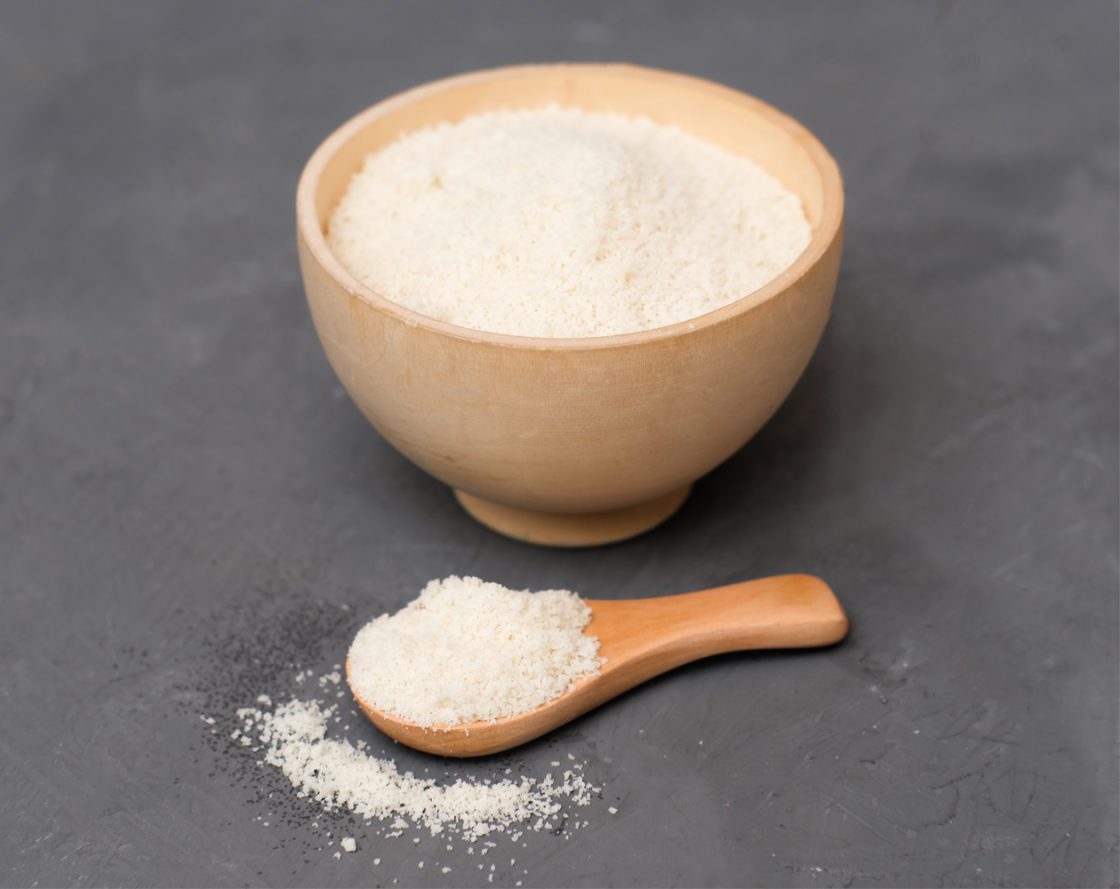
As food production processes become increasingly industrialised, requirements for flour become ever more precise. Quality control is crucial to delivering flours that meet the demands of food producers.
From when grains arrive at the mill until customers use them for baking bread, you need to be carrying out checks.
Flour has various characteristics which need to be monitored and controlled as they affect performance during baking. This starts with checking the grain as it arrives at the mill to ensure it’s of the required standard.
Grains are made of starch, proteins, minerals, moisture, lipids, and enzymes. All of which need to be quality controlled as the grains pass through the milling process.
Starch granules in grain kernels are about the same diameter as human hair. It’s a positive attribute in flour for bread, as it increases water absorption. The friction action of rollers cracks the kernel. Starch damage control is vital to producing suitable flour for the end product. Regularly checking samples in the lab is essential, as rollers can drift and alter the grinding force.
Moisture needs to be below 14%. Above this, flour is not stable at room temperature, and organisms can grow, affecting the odours and flavours.
Milling (the separation of the endosperm from the non-endosperm) is never clean, and ash content is a good measure of how much the endosperm is contaminated.
Heats of 42°C or above affect the proteins in the grains. They start to thicken and change the flow of the flour.
Storage at high temperatures or moist conditions allows grain lipids to break down into free fatty acids, increasing the likelihood of becoming rancid. This can affect dry products, like biscuits. Make sure storage temperature and moisture contents are regularly measured.
Visual tests control the colour against standard patent flour. If the flour is too dark, you can bleach it with benzoyl peroxide.
Bread needs to be high in the enzyme α-amylase to give it its volume and fine crumb texture. Known as the liquefying enzyme, its presence reduces starch viscosity.
There are three tests for this:
Rollers apply two different forces to the grain: pressure and friction. These both produce heat, which affects proteins and starch. Therefore, millers monitor the rollers’ temperature and grinding force along their length, aiming for a consistently lowest temperature.
Sampling should start as raw products arrive – you can’t make a silk purse from a sow’s ear. Set a goal of 0.1% of samples failing quality tests and not shipping any with a defect.
Quality control doesn’t end when the product leaves the mill. Any complaints must be resolved quickly.
Your customers won’t care how good your flour is if you disrupt their processes by being late in delivery.